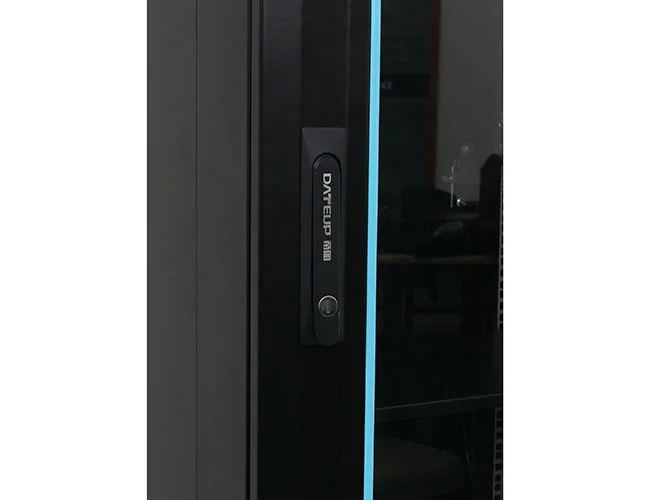News
Site Editor
 Site
https://leonetworkgroup.usa18.wondercdn.com/uploads/image/5fe152faa587d.png
A patch panel is used to connect multiple devices to a network or server. It allows for easy organization and management of cables by serving as a central location to terminate and route cables from multiple devices. Wiring a patch panel may seem daunting, but it can be done with a few simple steps.Step 1: Choose the Right Patch PanelThere are different types of patch panels available, and it is i
Site
https://leonetworkgroup.usa18.wondercdn.com/uploads/image/5fe152faa587d.png
A patch panel is used to connect multiple devices to a network or server. It allows for easy organization and management of cables by serving as a central location to terminate and route cables from multiple devices. Wiring a patch panel may seem daunting, but it can be done with a few simple steps.Step 1: Choose the Right Patch PanelThere are different types of patch panels available, and it is i
How To Wire Patch Panel
Views: 423
Author: Site Editor
Publish Time: 2023-07-13
Origin: Site
A patch panel is used to connect multiple devices to a network or server. It allows for easy organization and management of cables by serving as a central location to terminate and route cables from multiple devices. Wiring a patch panel may seem daunting, but it can be done with a few simple steps.
Step 1: Choose the Right Patch Panel
There are different types of patch panels available, and it is important to choose the right one based on your needs. Options include unshielded twisted pair (UTP) and shielded twisted pair (STP) patch panels. STP is better for environments that have electromagnetic interference. Additionally, you will need to choose the number of ports you need for your network.
Step 2: Determine Cable Length
Before you start wiring, you need to determine the length of cable you need to connect your devices to the patch panel. Be sure to purchase enough cable and leave some slack for movement and reorganization.
Step 3: Strip the Cable
To connect the cable to the patch panel, you will need to strip the outer insulation using a wire stripper. The length of exposed wire should be no longer than what is necessary for the RJ45 connector.
Step 4: Insert Cables into the Patch Panel
Insert the stripped portion of the cable into the appropriate port on the patch panel. Be sure to follow the same color code on both ends to ensure the cable is correctly wired.
Step 5: Terminate the Cable
To terminate the cable, use a punch-down tool to push down the cable into the slot. Ensure that the strands are properly seated and make good contact with the metal contacts within the slot.
Step 6: Test the Connection
Once all the cables are terminated and connected to their respective devices, it is time to test the connection. Use a network tester to make sure that all ports on the patch panel are properly wired and the signal is transmitted to each connected device.
In conclusion, wiring a patch panel is a simple process that can be done with a few basic tools and steps. Choosing the right patch panel, determining cable length, stripping the cable, inserting cables into the patch panel, terminating the cable and testing the connection are all essential steps to effectively wire a patch panel. A well-wired patch panel will enable easy organization and management of cables, which in turn will lead to a well-organized network environment.
If you want to know more about industrial network cabinet,china fiber optic splice closure,china fiber optic distribution box,please consult the fiber optic splice closure factory









